I've drawn a graph using a UIBezierPath. I can fill the area under the graph with a solid color but I want to fill the area under the graph with a gradient rather than with a solid color. But I'm not sure how to make the gradient apply only to the graph and not to the whole view, I've read a few questions but not found anything applicable.

This is the main graph drawing code:
// Draw the graph
UIBezierPath *barGraph = [UIBezierPath bezierPath];
barGraph.lineWidth = 1.0f;
[blueColor setStroke];
TCDataPoint *dataPoint = self.testData[0];
CGFloat x = [self convertTimeToXPoint:dataPoint.time];
CGFloat y = [self convertDataToYPoint:dataPoint.dataUsage];
CGPoint plotPoint = CGPointMake(x,y);
[barGraph moveToPoint:plotPoint];
for (int ii = 1; ii < [self.testData count]; ++ii)
{
dataPoint = self.testData[ii];
x = [self convertTimeToXPoint:dataPoint.time];
y = [self convertDataToYPoint:dataPoint.dataUsage];
plotPoint = CGPointMake(x, y);
[barGraph addLineToPoint:plotPoint];
}
[barGraph stroke];
I've been attempting to fill the graph by experimenting with code like the following, but to be honest am not %100 sure what I'm doing despite going through various tutorials and documentation:
[barGraph closePath];
CGFloat colors [] = {
1.0, 0.0, 0.0, 1.0,
1.0, 1.0, 1.0, 1.0
};
CGColorSpaceRef baseSpace = CGColorSpaceCreateDeviceRGB();
CGGradientRef gradient = CGGradientCreateWithColorComponents(baseSpace, colors, NULL, 2);
CGColorSpaceRelease(baseSpace);
CGPoint startPoint = CGPointMake(CGRectGetMidX(self.bounds), self.topY);
CGPoint endPoint = CGPointMake(CGRectGetMidX(self.bounds), self.bottomY);
CGContextRef context = UIGraphicsGetCurrentContext();
CGContextClip(context);
CGContextDrawLinearGradient(context, gradient, startPoint, endPoint, 0);
CGGradientRelease(gradient);
